
Key Takeways
- A global brand rollout strategy ensures consistency across markets while allowing space for local adaptation.
- Success depends on strong stakeholder alignment, clear messaging, and phased implementation.
- Common pitfalls such as inconsistent messaging, lack of coordination, and asset overload can derail even the strongest brands.
- Leveraging digital asset management platforms like BrandLife helps streamline workflows, enforce guidelines, and accelerate global brand rollout efficiency.
Rolling out a brand on a global scale is both an exciting opportunity and a complex challenge. Whether you’re launching a new brand identity, entering new international markets, or undergoing a complete rebrand, having a clear, well-structured rollout plan is essential.
A strong global brand rollout strategy helps ensure consistency across markets while allowing space for local adaptation, setting the foundation for long-term growth and recognition.
This article provides a comprehensive guide to planning and executing a successful global brand rollout strategy.
From aligning internal teams to leveraging technology like BrandLife for smoother transitions, we will explore the best practices for overcoming common pitfalls and ensuring a seamless, scalable brand rollout.
Why a Structured Brand Rollout Plan Matters
Without a structured approach, even the most well-thought-out brand identity can falter when introduced to multiple regions. A global brand rollout plan ensures:
- Consistency across touchpoints: Maintaining your brand voice, visuals, and values no matter the market.
- Efficiency in execution: Avoiding duplicated efforts and miscommunication between global and regional teams.
- Faster adoption: Ensuring employees, partners, and customers quickly understand and embrace the brand.
For example, McDonald's has famously adapted its global brand to meet local tastes, offering unique menu items like the McSpicy Paneer in India and the Teriyaki McBurger in Japan.
However, the brand’s core elements, such as its logo and color scheme, remain consistent globally.
Understanding the Catalyst for a Brand Relaunch
Brands don’t undergo a global rollout without reason. Common triggers include:
- Mergers and acquisitions: When two or more companies come together, rebranding signals unity.
- Entering new markets : Adapting to cultural nuances and regulatory requirements often requires a rollout strategy.
- Evolving customer expectations: Brands may update their image to resonate with shifting demographics.
- Competitive repositioning: Brands need to stay relevant in dynamic industries.
Take Dunkin’s 2019 rebrand (dropping “Donuts” from its name)—it was more than a cosmetic change.
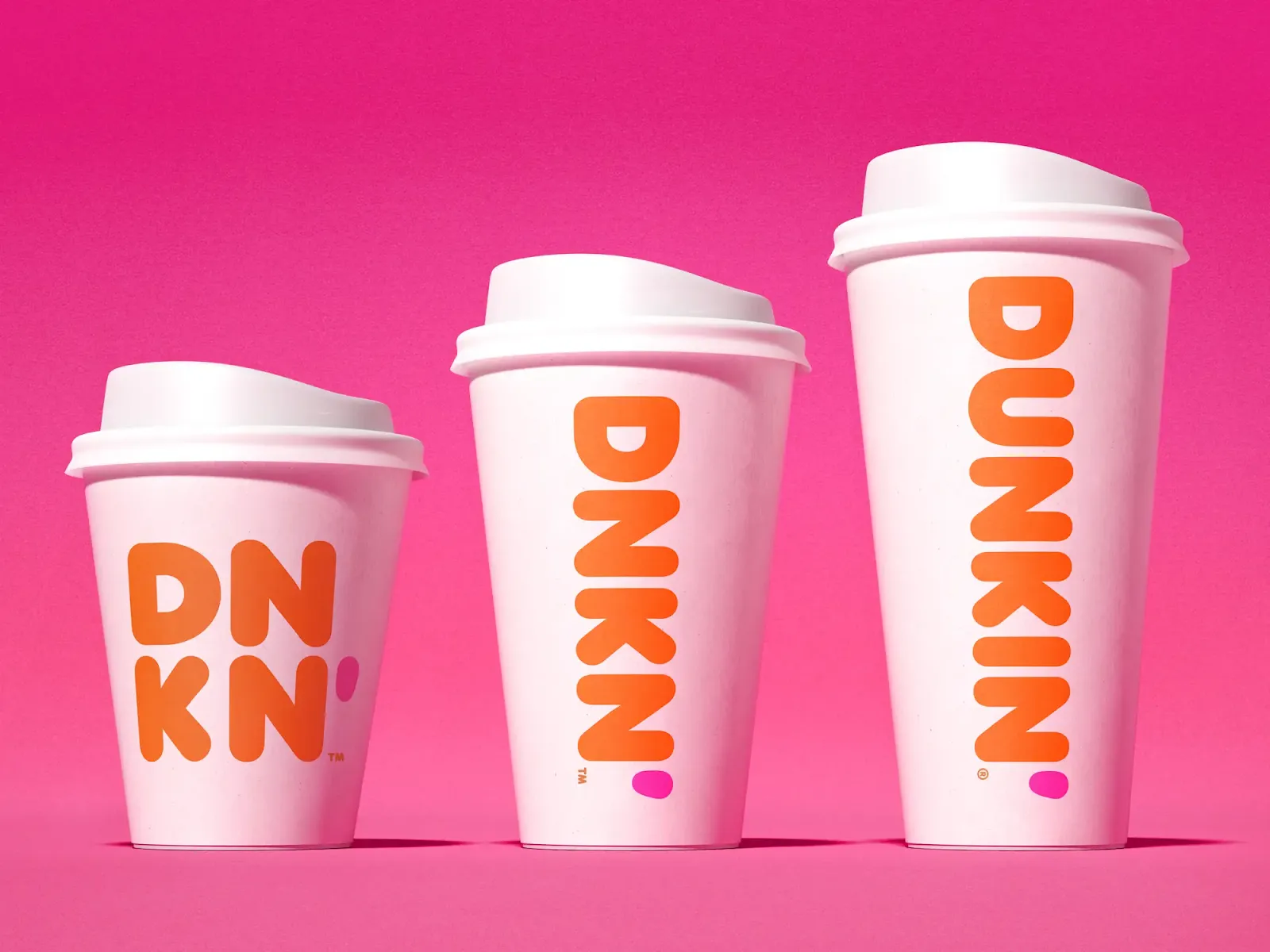
The shift was designed to position the company as a beverage-led, modern brand, aligning with evolving consumer habits. The move also reflected the brand’s growing emphasis on coffee and other drinks, which accounted for a significant portion of sales.
By simplifying the name to just “Dunkin’,” the company signaled versatility beyond donuts and aimed to stay relevant with younger, on-the-go consumers looking for convenience and variety.
6 Key Steps to Building a Successful Global Brand Rollout Strategy
A robust global brand rollout strategy typically includes the following steps:
1. Research and insights
Understanding cultural, linguistic, and market-specific nuances is crucial. What works in one region may fall flat or even cause offense in another.
For example, Pepsi’s “Come alive with Pepsi” slogan was mistranslated in Taiwan as “Pepsi brings your ancestors back from the grave.”
This highlights why research must go beyond surface-level translation and involve cultural advisors.
An Ipsos survey found that across 25 countries, an average of 70% of respondents say they buy from brands that reflect their own principles, underscoring the role of cultural relevance in brand adoption.
2. Stakeholder alignment
Securing buy-in from executives, employees, and partners ensures smoother adoption.
Apple provides a powerful example here. According to Harvard Business Review, Apple is organized in a functional structure rather than a traditional business-unit model. This ensures that decisions are made by domain experts rather than general managers.
This structure creates strong alignment across product teams and executives, reducing silos and ensuring that every product launch reflects a unified vision.
Here’s how you can facilitate seamless collaboration between internal teams and external partners:
- Clear communication: Use collaboration tools integrated into your digital asset management (DAM) platform to allow real-time feedback, approvals, and task assignments.
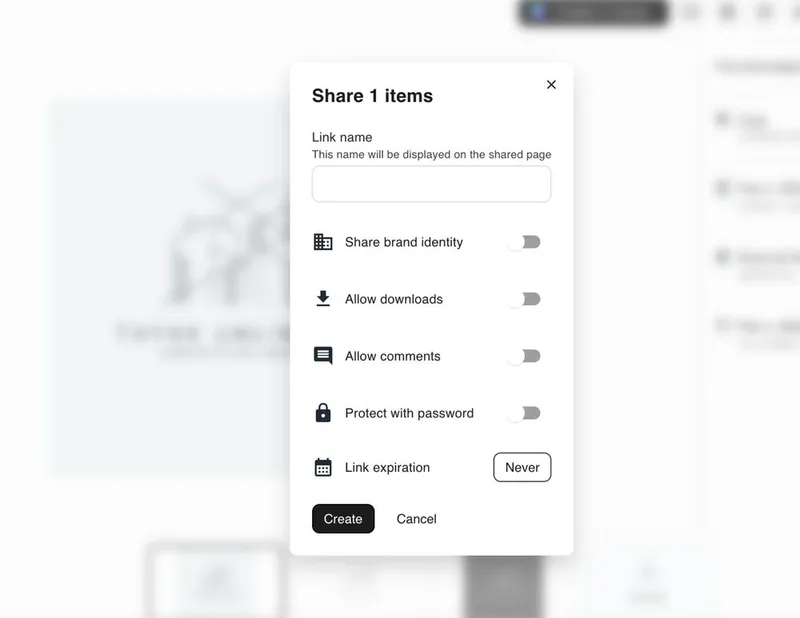
- Version control: Ensure that every team member works with the most up-to-date files. With BrandLife, version control features keep a history of changes, so you can easily track updates across assets.
- Custom permissions: Assign user roles based on responsibilities to control access to assets and sensitive information.
3. Clear messaging framework
Defining brand voice and story helps maintain consistency across markets. A clear messaging framework ensures that whether your brand speaks through a social media ad in Mexico or a press release in Germany, the core identity is the same.
Build a brand messaging playbook that includes tone of voice, key phrases, and audience personas.
With BrandLife, these can be stored centrally so global teams always access the most up-to-date guidelines. This ensures that brand communication remains consistent from one market to another.
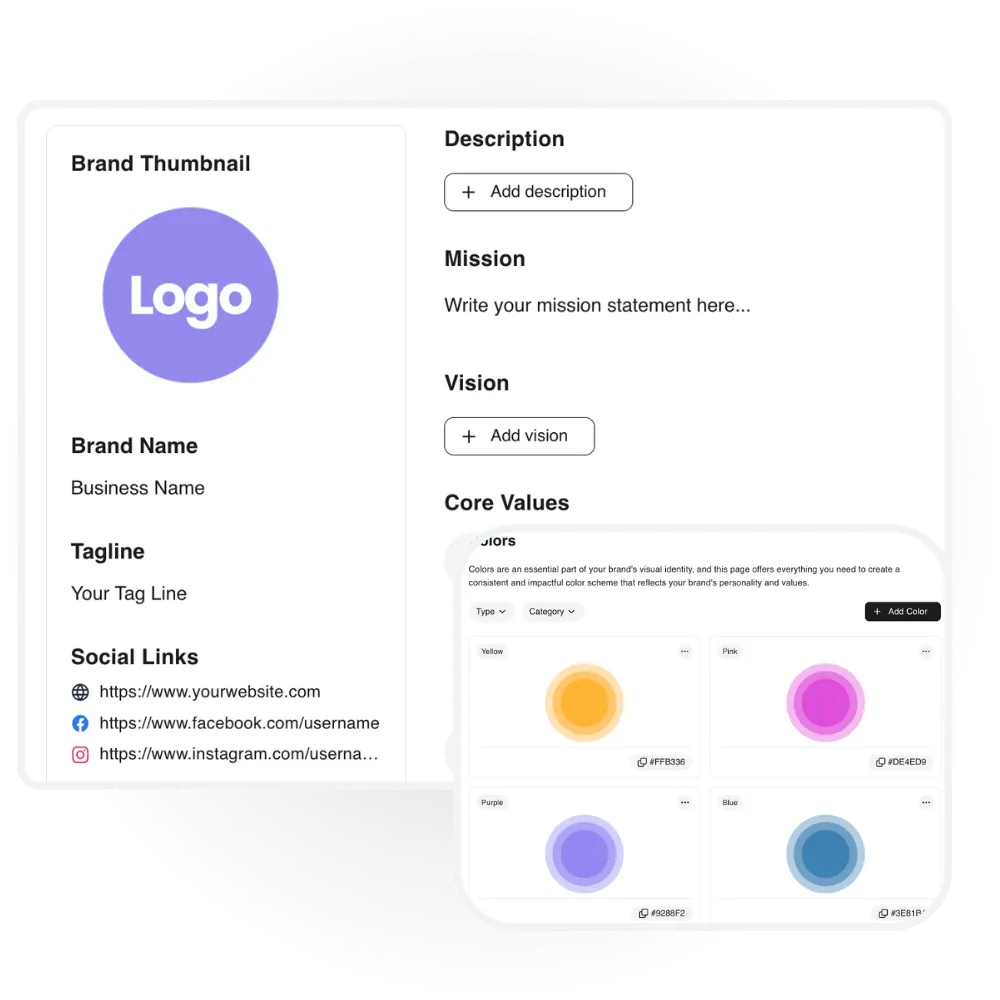
Research shows that consistent brand presentation across platforms can increase revenue by up to 33%. That’s why centralizing messaging guidelines is a business-critical step.
4. Visual identity toolkit
Developing comprehensive brand guidelines and creative assets gives regional teams the resources they need. For instance, Nike’s swoosh and “Just Do It” tagline are instantly recognizable worldwide, but their campaigns often integrate local athletes and cultural stories.
BrandLife’s version control prevents outdated logos or visuals from slipping into circulation.
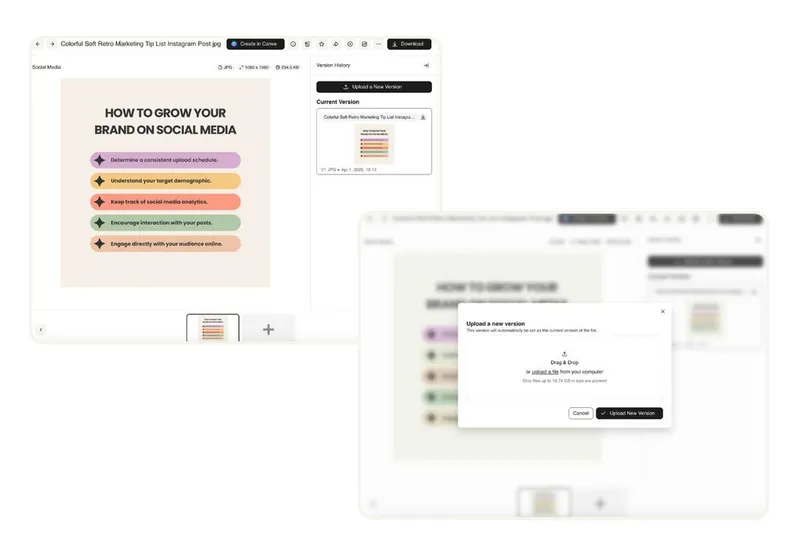
This helps maintain brand equity, ensuring that no matter where customers encounter your brand, they experience the same core look and feel adapted to local nuances.
5. Pilot testing
Soft-launching in select markets allows you to test reception before rolling out globally. Netflix, for example, piloted its mobile-only subscription plan in India in 2019 before expanding it to other countries, using the region as a testbed for price-sensitive markets.
This approach reduced the risk of global rollout missteps while uncovering valuable audience insights.
6. Phased rollout
Rolling out your brand step-by-step across regions helps prevent overwhelm while allowing room for real-time adjustments. A phased approach also makes it easier to measure impact and refine strategies before scaling further.
To evaluate effectiveness, track key metrics such as:
- Customer Engagement: Are customers interacting with your brand more in new markets?
- Brand Recognition: Are your brand assets being used consistently across regions?
- Time-to-Market: How quickly are teams able to launch campaigns in new regions?
- Revenue Growth: Has the global rollout led to increased sales or market share?
Coca-Cola’s “Share a Coke” campaign is a prime example. It started in Australia before expanding globally, giving the brand an opportunity to refine execution based on early feedback.
Similarly, Uber pilots branding and messaging in one region before rolling them out worldwide. Today, they are operating in more than 65 countries.
Brand management platforms like BrandLife make it easier to coordinate timelines while tracking adoption metrics.
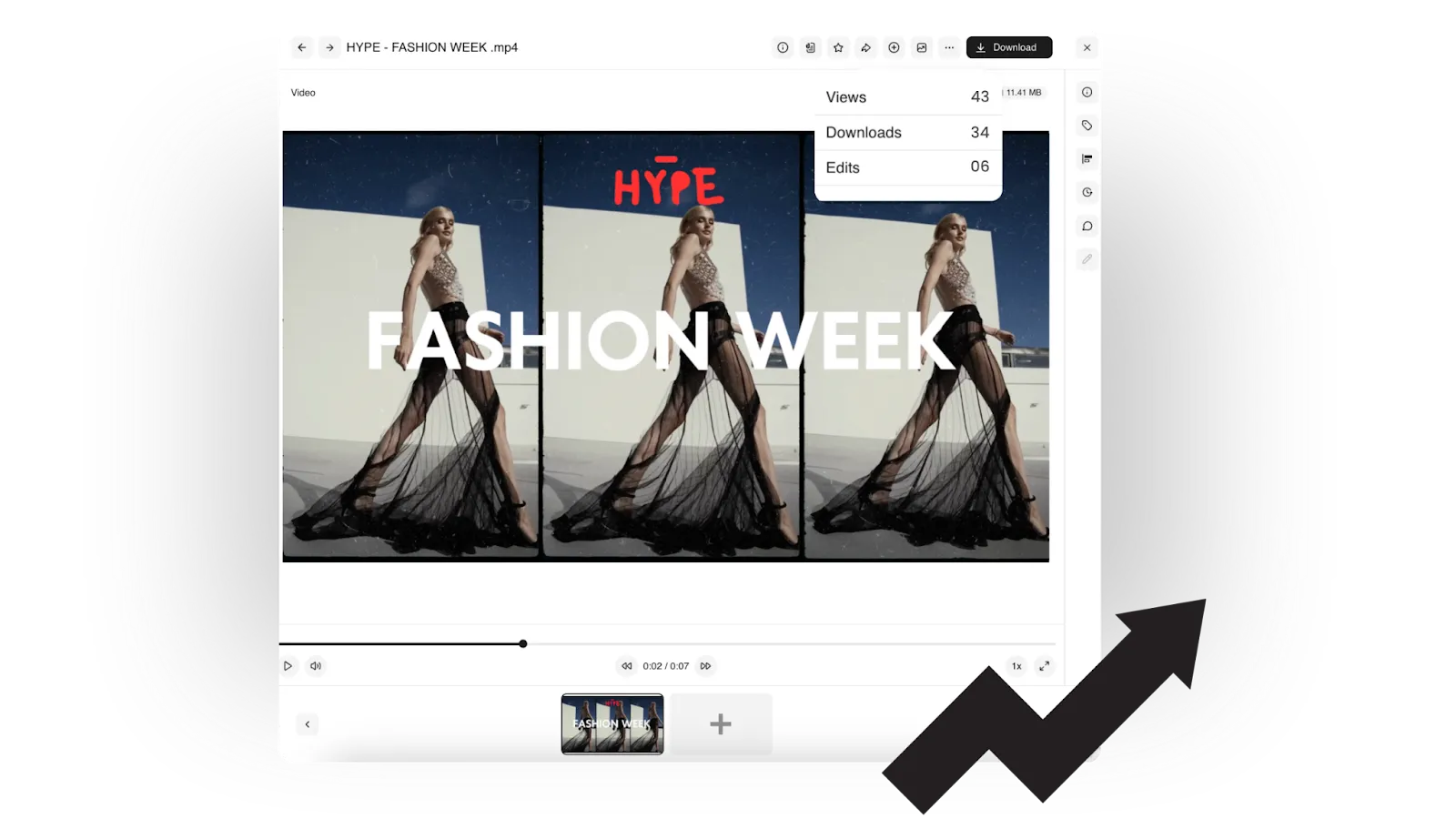
Common Pitfalls in Brand Rollouts and How to Avoid Them
Even the strongest brands can stumble if rollout challenges aren’t addressed proactively. Missteps not only waste resources but can also damage customer trust.
Here are three common pitfalls and how to avoid them:
Inconsistent messaging
With teams spread across multiple regions, ensuring consistent brand messaging can be challenging. Even small discrepancies, like tone, color palettes, or outdated logos, can confuse audiences and dilute brand equity.
To avoid this, global brands need a single source of truth for their assets and guidelines.
By using BrandLife, creative and regional teams can access the latest approved assets, messaging frameworks, and campaign templates.
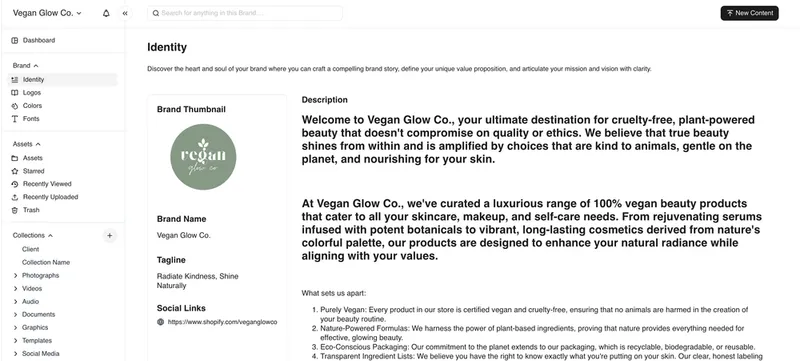
This eliminates version-control issues and ensures that whether your audience sees an ad in Paris, a social post in São Paulo, or a product launch in Tokyo, the brand story feels seamless and unified.
Lack of coordination
Managing a global brand rollout often involves executives, regional managers, creative teams, and external partners, all working across different time zones and priorities.
Without alignment, miscommunication and duplicated efforts can derail even the best strategies. A survey found that poor collaboration costs organizations $11,000 per employee annually in lost productivity.
A centralized asset library and collaboration tools are critical for ensuring everyone works from the same playbook.
With BrandLife, teams can view and organize collections of digital assets, from videos and presentations to campaign templates, in one shared hub.
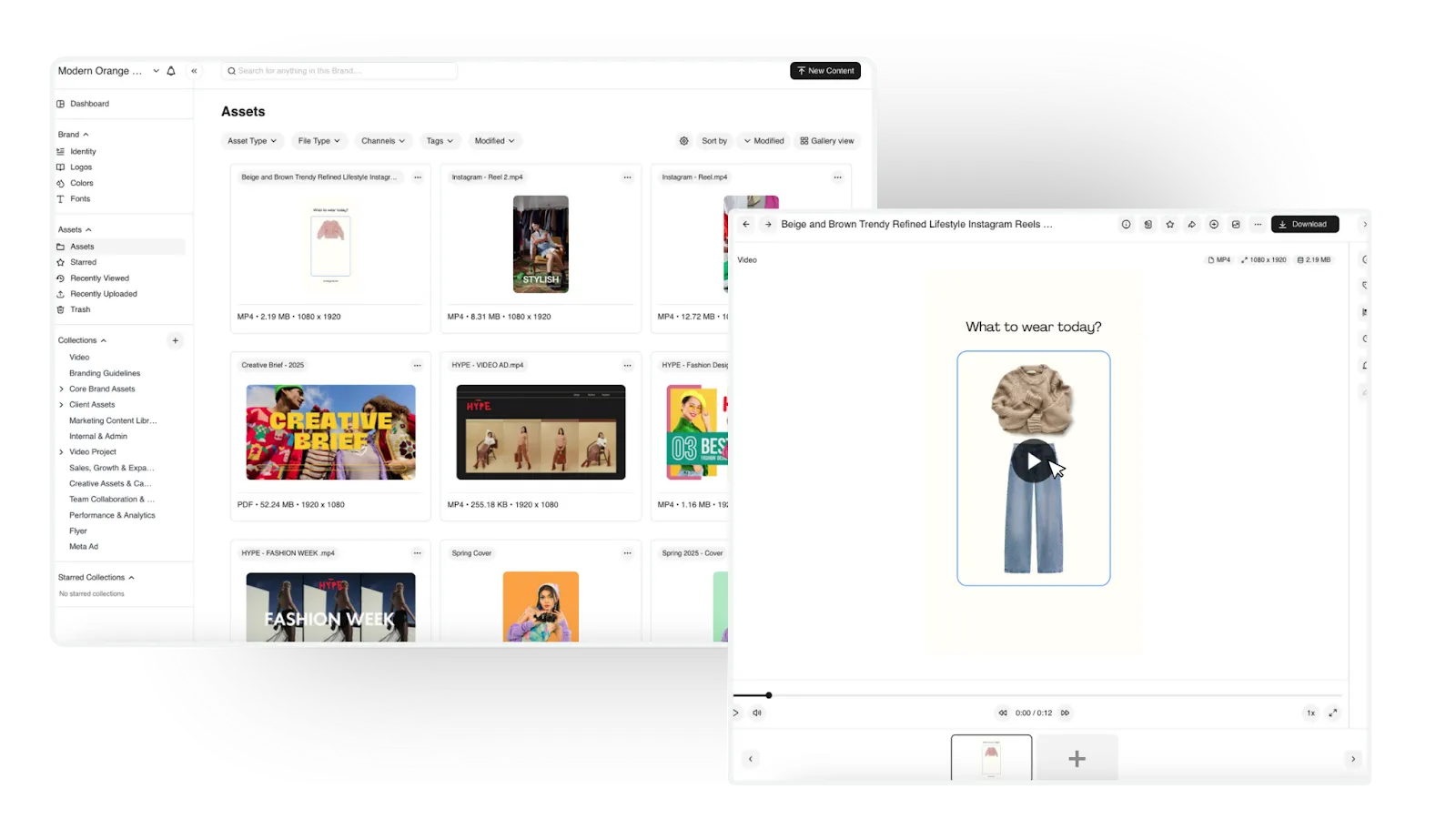
Built-in approval workflows and permission settings ensure the right people see the right files at the right time.
The risks of skipping alignment are clear: Gap’s 2010 logo rebrand, rolled out suddenly without internal or customer consultation, triggered immediate backlash and was reversed within a week.
Structured coordination not only prevents such missteps but also empowers teams to deliver a unified brand experience.
Asset overload
As brands expand globally, the number of digital assets grows exponentially—logos in different file types, localized ad creatives, videos, presentations, and more. Without structure, marketing teams waste time searching for the right files or risk using outdated assets.
Studies show that employees spend about 8.8 hours per week searching for information.
BrandLife tackles this challenge with AI-powered tagging and automated organization, making it easy to retrieve assets quickly and accurately.

By cutting search time by up to 50%, teams can focus less on file-hunting and more on delivering impactful campaigns.
Asset overload isn’t just a workflow problem; it can lead to inconsistent branding, missed deadlines, and reduced campaign effectiveness. With streamlined asset management, brands gain both speed and confidence that every market is working with the most up-to-date creative.
How BrandLife Supports Successful Global Brand Rollouts
Executing a successful global brand rollout requires a clear strategy, seamless collaboration, and the right technology to support your teams.
With features tailored to simplify global brand management and foster teamwork, BrandLife is the ideal digital asset management software for brands looking to scale efficiently and effectively.
BrandLife helps by offering features such as:
Integration with other platforms
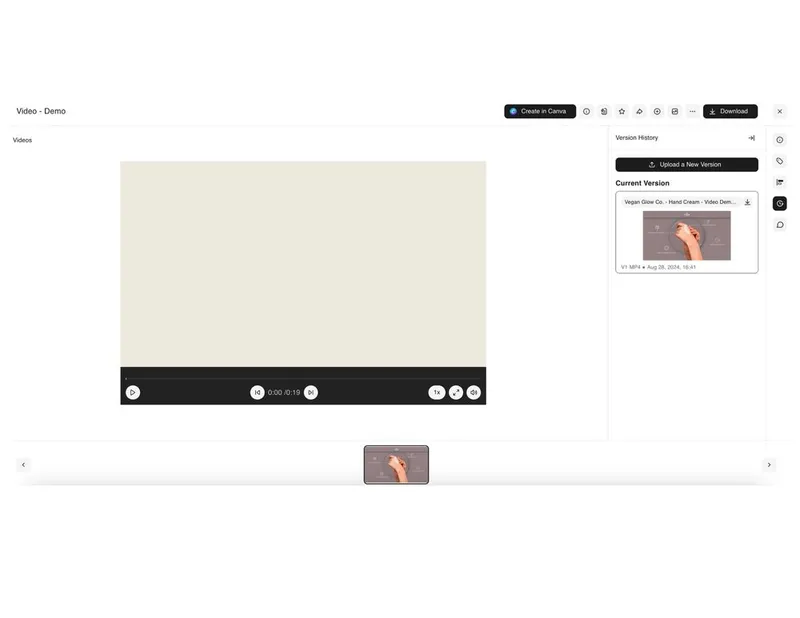
Connect with tools like Figma, Canva, and Google Drive to streamline workflows without switching between platforms. Teams can work in familiar environments while keeping brand assets centralized.
AI-powered tagging and advanced search
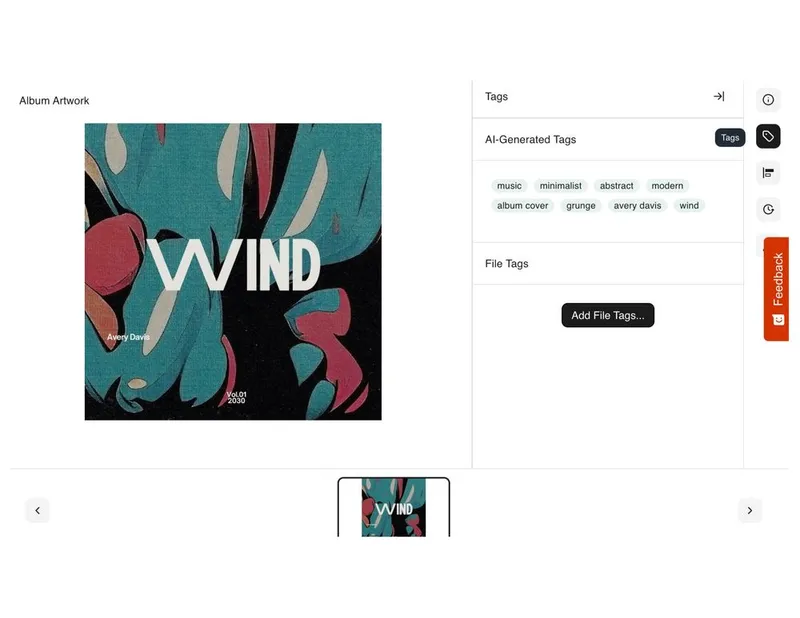
BrandLife makes it easy to find the right asset in seconds using AI-generated keywords, tags, or metadata. This reduces manual searching and helps teams stay focused on execution.
Workflow approval automation
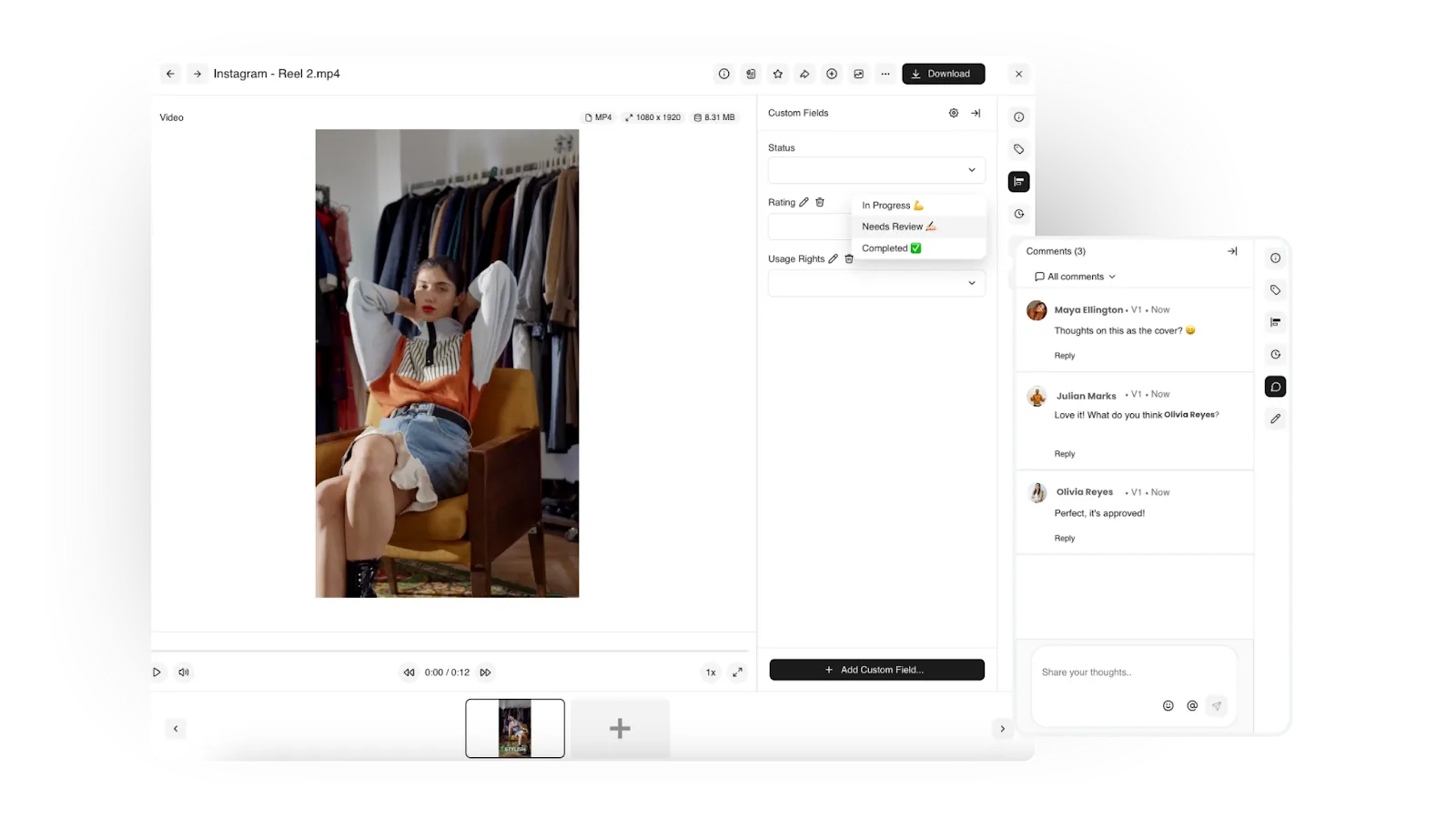
Brands can set up structured approval paths on the BrandLife platform, making it easy to edit and track updates clearly. This keeps assets consistent and prevents versioning errors across regions.
Set your brand up for global success. Explore BrandLife with a 14-day free trial and make your global brand rollout strategy seamless.
Frequently Asked Questions
A brand rollout strategy is the step-by-step plan for introducing a new or refreshed brand identity to the market. It ensures consistency across messaging, visuals, and channels while building awareness and trust with target audiences.
Launching a global brand requires research into local markets, alignment across internal teams, and phased implementation. Testing in select regions before a full rollout helps minimize risks and refine the approach.
Digital asset management ensures teams worldwide have access to the right brand materials at the right time. Platforms like BrandLife make this process seamless by centralizing assets, enforcing brand guidelines, and supporting faster collaboration.






